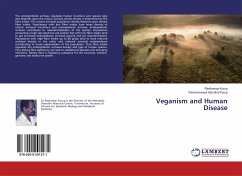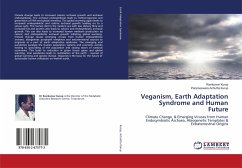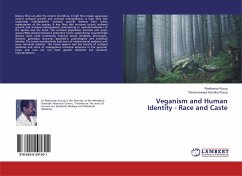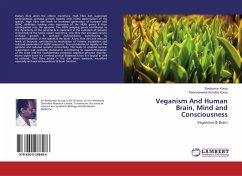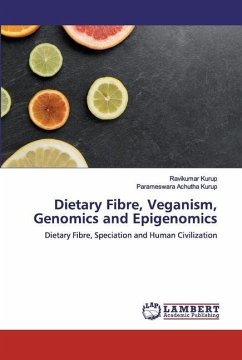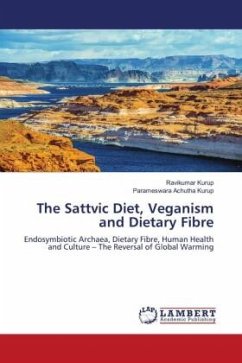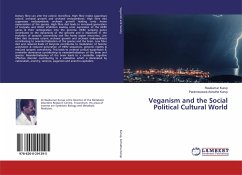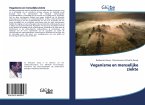The endosymbiotic archaea regulates human functions and species type and depends upon the colonic archaea whose density is determined by the fibre intake. The colonic archaeal population density depends upon dietary fibre intake. Populations with low fibre intake have lesser density of colonic archaeal microflora and endosymbiotic archaea. Endosymbiotic archaea contributes to neanderthalisation of the species. Populations consuming a high saturated fat and protein diet with low fibre intake tend to get increased endosymbiotic archaeal growth and are neanderthalised. Populations with high fibre intake up to 80 g/day tend to have reduced archaeal density in the colon and reduced archaeal endosymbiosis contributing to homo sapienisation of the population. Thus fibre intake regulates the endosymbiotic archaeal density and type of human species. Thus dietary fibre deficiency can lead to civilizational diseases and emerging infections. Dietary fibre is regulatory substance for the neuronal, immune, genomic and endocrine system.
Bitte wählen Sie Ihr Anliegen aus.
Rechnungen
Retourenschein anfordern
Bestellstatus
Storno

